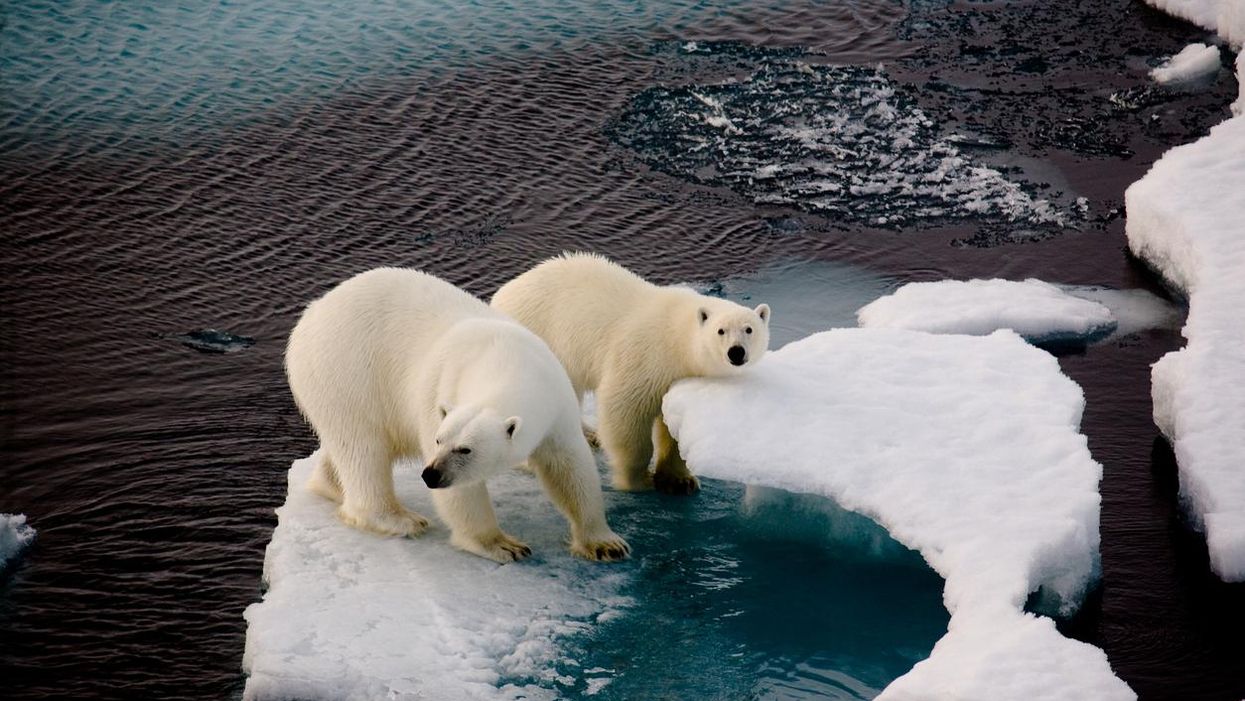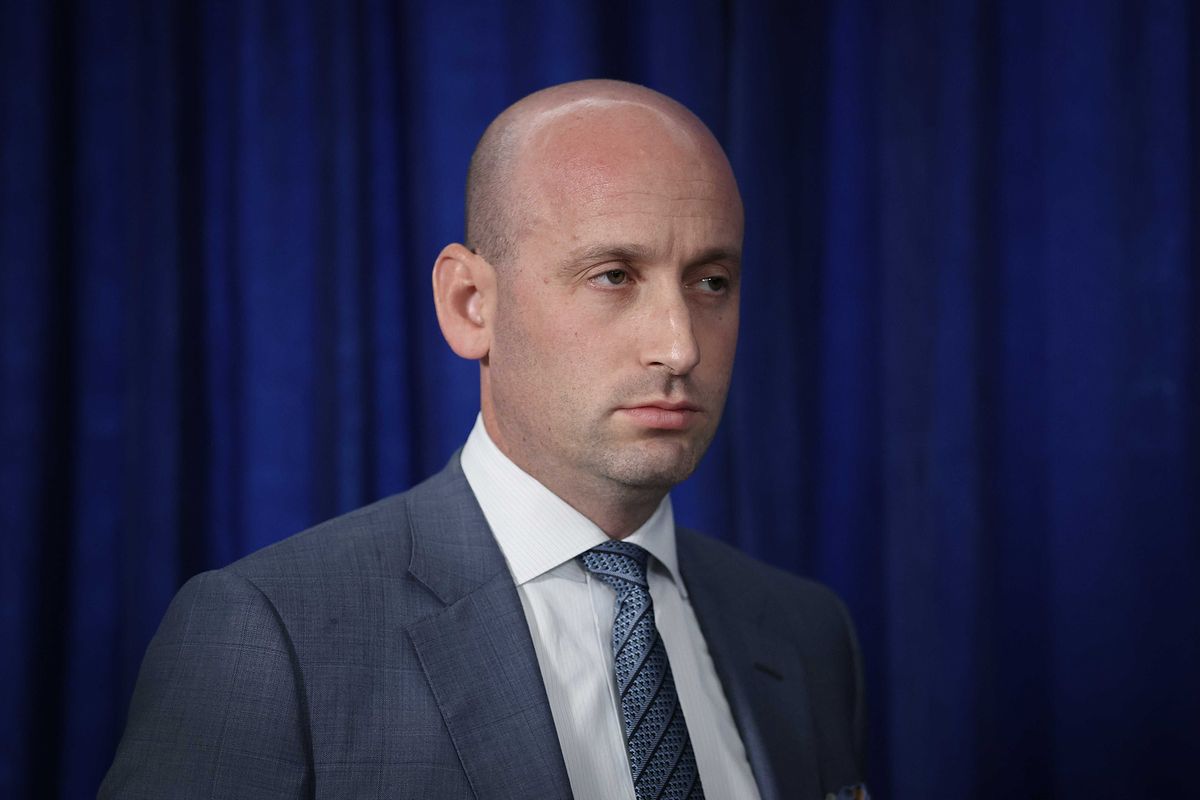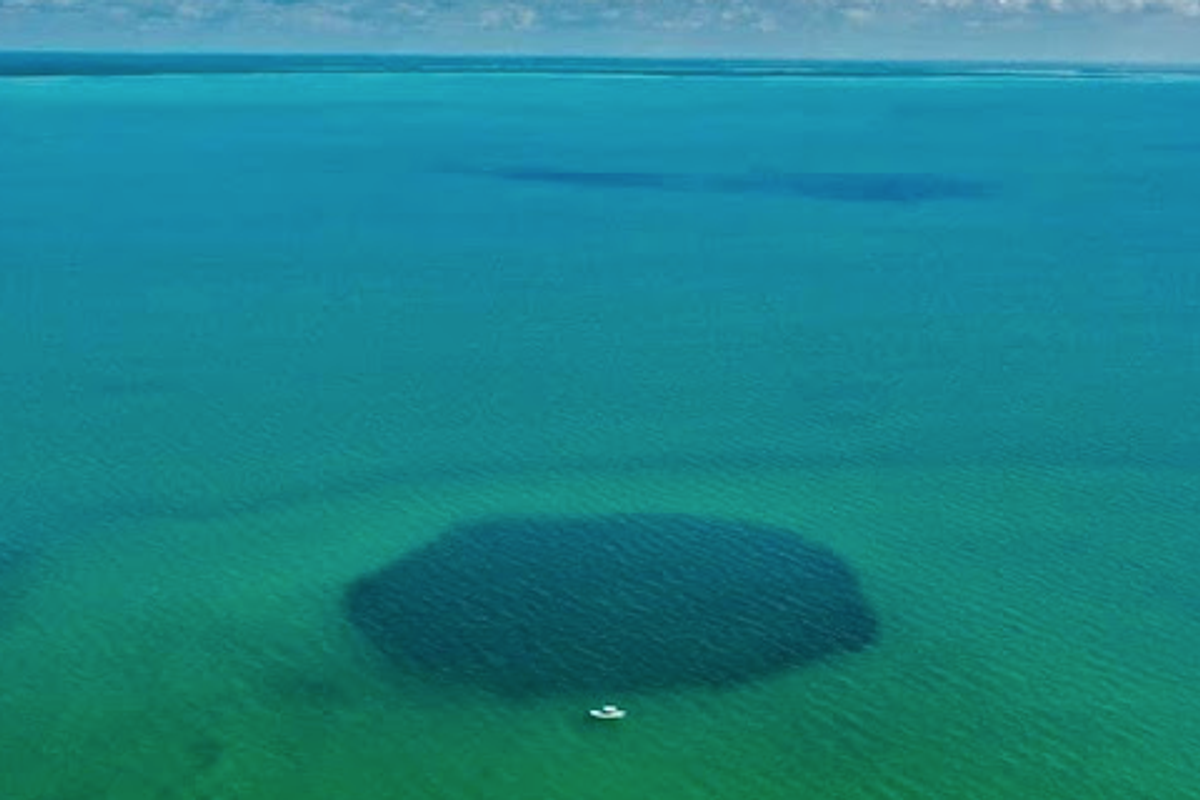News
Greg Evans
Jul 16, 2017

The amounts of CO2 could cause sea levels to rise dangerously
Getty
Let's face it folks, the world is not a good state at all.
Earlier this week New York Magazine published a worrying and controversial article called The Uninhabitable Earth, where it predicted that our Doomsday could be a lot closer than what you think.
David Wallace-Wells, the author of the article believes that the ends of days could occur before the end of the century, mostly because of climate change.
Rising sea levels, extreme temperatures, a lack of food, disease, unbreathable air, economic collapse, war and poisoned oceans were all flagged as major reasons behind the impending Armageddon.
As usual with these sort of articles, a lot of hysteria and scare mongering is thrown in its direction by so-called experts.
However, climate scientists in Australia have backed up some of Wallace-Wells claims but have dismissed others.
Dr Liz Hanna, President of the Climate and Health Alliance and a researcher into the health impacts of climate change at the Australian National University, told news.com.au:
It’s absolutely true these things could happen. It's alarming but not alarmist.
Whilst the article had some doubters, it would appear that one of its predictions has already come to pass.
On Wednesday a trillion tonne block of ice, four times the size of London, broke away from Antarctica.
Scientists believed that this specific piece of ice, known as The Global Seed Vault, would never melt but that particular region on Earth has just consecutively experienced its three hottest years on record.
This sobering realisation that Wallace-Wells' could actually be correct was accompanied by a stark warning that other areas of the globe could completely disappear in the next 100 years and lowering emissions isn't going to help.
No plausible program of emissions reductions can prevent climate disaster.
Most people talk as if Miami and Bangladesh still have a chance of surviving; most of the scientists I spoke with assume we’ll lose them within the century.
Should these areas of the Arctic melt further, they could release deadly diseases that have been frozen for years, like smallpox and the plague, plus methane which would have been encased within.
With temperatures rising, the 2015 Paris Climate Agreement, which the USA intends to withdraw from, is aiming to keep global warming below 2C, which many scientist already believe is an impossible task.
However, Wallace-Wells believes that if temperatures rise anywhere above 4C then some regions will be unlivable, resulting in catastrophic consequences.
Within a few hours, a human body would be cooked to death from both inside and out.
He also warned that the oceans could become 'dead zones' if heat increased just six degrees and that natural disasters will become common place.
In a six-degree-warmer world, the Earth’s ecosystem will boil with so many natural disasters that we will just start calling them “weather”: a constant swarm of out-of-control typhoons and tornadoes and floods and droughts, the planet assaulted regularly with climate events that not so long ago destroyed whole civilizations.
The economic result of this could be devastating.
Every degree Celsius of warming costs, on average, 1.2 percent of GDP (an enormous number, considering we count growth in the low single digits as “strong”). This is the sterling work in the field, and their median projection is for a 23 percent loss in per capita earning globally by the end of this century (resulting from changes in agriculture, crime, storms, energy, mortality, and labor)
This could also lead to a perpetual state of war according to experts that he spoke to.
For every half-degree of warming, they say, societies will see between a 10 and 20 percent increase in the likelihood of armed conflict. In climate science, nothing is simple, but the arithmetic is harrowing: A planet five degrees warmer would have at least half again as many wars as we do today. Overall, social conflict could more than double this century.
Michael Mann, Professor of Meteorology at PennState University was one of many scientists that took exception to the article.
In a Facebook post, he wrote that he wasn't a fan of "doomist framing" and that the article "paints an overly bleak picture by overstating some of the science".
Professor Will Steffen of the Climate Council of Australia, also had issues with the article but still felt there were enough valid points in there that maintained its realism, highlighting the risk to aviation as something that would not be tolerated.
[The article] was dramatised and somewhat embellished but it did raise an important issue and that’s if you look at this one per cent to five per cent risk you get pretty scary and plausible scenarios.
A one per cent risk to aviation industry would mean maybe ten planes crashing a day and that’s not a risk we would tolerate.
These are not wild risks being put forward by ultra greenies — they are sober risks understood by people in the Pentagon and Australian military. It's not far fetched if the Pentagon are looking at it.
However, Dr Hanna felt that some of Wallace-Wells dystopian visions of the future could be very plausible.
Could parts of the world become uninhabitable? A definite yes.
Some say that people will be paralysed by fear, ‘what can li’l old me do about it?’
But if we tell people how grizzly it could become, it might not lead to paralysis — it could jolt them into action.
By the time people go ‘shit we’re in real trouble now,’ it could be too late.
Wallace-Wells himself has responded to the article on Twitter and admitted that there may be some errors in his work but hopes that the article engages people on the issue of climate change.
HT NY Mag Climate Feedback news.com.au
More: Artists visualised what climate change could do to New York and it's breathtaking
Top 100
The Conversation (0)













